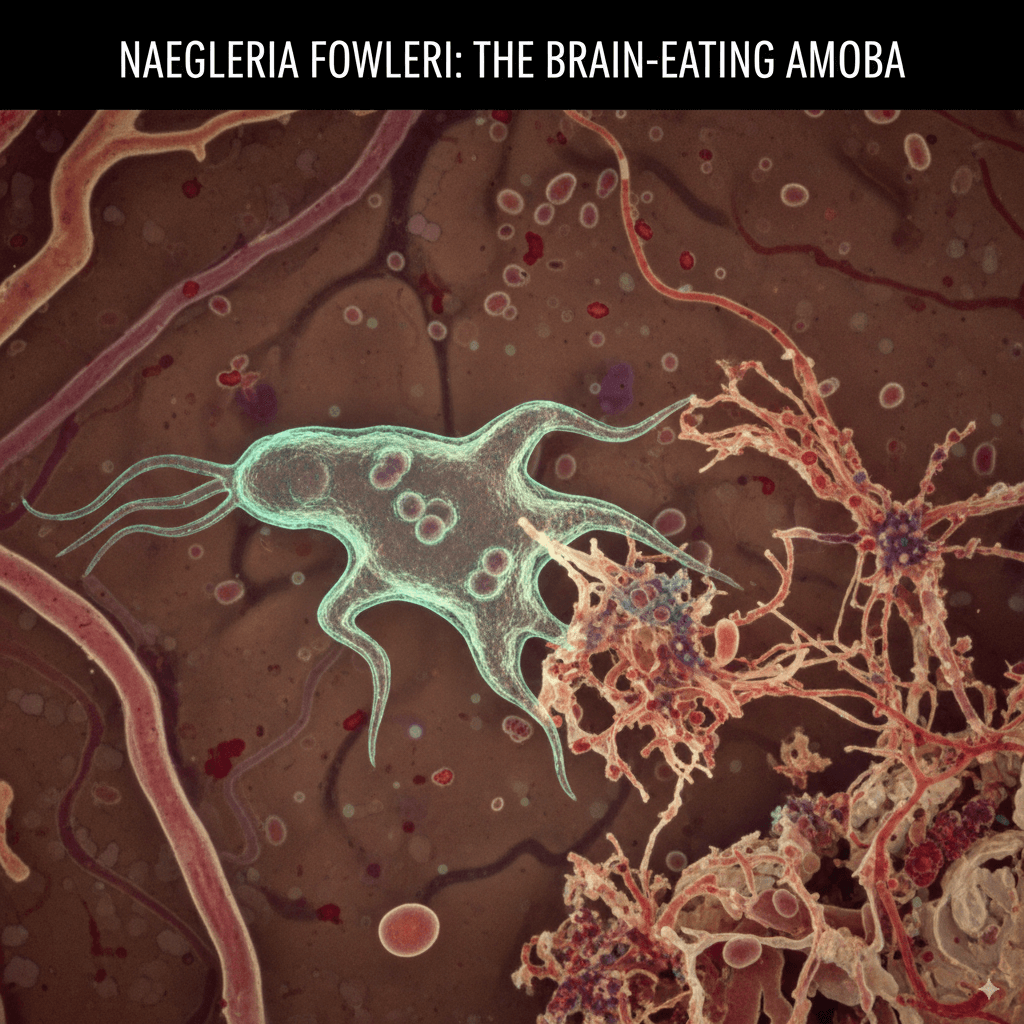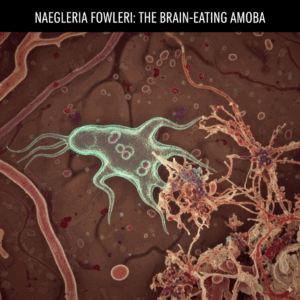Kerala Reports Rise in Cases of Deadly Brain Eating Amoeba What You Need to Know About Naegleria Fowleri
Kerala is witnessing a spike in cases of amoebic meningoencephalitis caused by the brain-eating amoeba Naegleria fowleri. Learn about the symptoms, prevention, and how to stay safe from this deadly microbe.
Kerala Sees Surge in Deadly Brain-Eating Amoeba Infections
Kerala has reported 67 confirmed cases of amoebic meningoencephalitis, commonly known as an infection caused by the “brain-eating amoeba”, with 18 deaths reported so far. This rare but highly fatal disease is caused by a microbe called Naegleria fowleri, which thrives in warm, stagnant water commonly found in ponds, lakes, rivers, canals, and unchlorinated swimming pools.
Health authorities, led by Kerala Health Minister Veena George, have issued urgent advisories and called for strict preventive measures. The public is being urged to stay vigilant about water hygiene and safety, especially with increased risk during warmer months.

What is the Brain-Eating Amoeba?
Naegleria fowleri is a free-living amoeba that causes a rare and devastating infection of the brain called primary amoebic meningoencephalitis (PAM). It is not a virus or bacteria, but a single-celled organism found in naturally warm freshwater environments.
How It Infects:
The amoeba does NOT infect humans through drinking water.
Infection occurs when contaminated water enters the body through the nose, usually while swimming, diving, or bathing.
Once inside the nasal cavity, it travels to the brain, where it begins to destroy brain tissue—hence the nickname “brain-eating amoeba.
Symptoms of Amoebic Meningoencephalitis
Symptoms usually appear 1 to 9 days after exposure and progress rapidly. Common signs include:
- Severe headache
- Fever
- Nausea and vomiting
- Stiff neck
- Seizures
- Confusion or hallucinations
- Loss of balance or attention
- Coma
Once symptoms begin, the disease advances quickly and is often fatal within days.
Why Kerala Is at High Risk
Kerala’s tropical climate, abundance of freshwater bodies, and popularity of natural swimming spots make it a high-risk zone for Naegleria fowleri. The amoeba thrives in temperatures between 25°C to 45°C, which are common in the region. Poor water hygiene and insufficient chlorination further increase the risk.
Preventive Measures: How to Stay Safe
While rare, the infection is almost always fatal, so prevention is key. Here are steps to reduce your risk:
- Avoid swimming or diving in warm, stagnant water.
- Use nose clips when swimming in freshwater bodies.
- Do not allow water to enter your nose while bathing or washing your face with untreated water.
- Avoid stirring up sediment in shallow warm freshwater.
- Ensure swimming pools are properly chlorinated and regularly cleaned.
- Use only sterile, distilled, or boiled water for nasal irrigation (e.g., with neti pots).
Public Health Response
The Kerala Health Department has ramped up awareness campaigns and is working closely with local bodies to monitor and disinfect water sources. Health Minister Veena George emphasized the need for community-level participation to control the spread.
Hospitals have also been alerted to identify and treat early symptoms promptly, although treatment options remain limited and are most effective only if administered at a very early stage.
Though Naegleria fowleri infections are rare, the recent spike in Kerala underscores the importance of awareness and preventive hygiene. With a very low survival rate, this disease is among the deadliest in the country. Simple precautions can go a long way in ensuring your safety and the safety of your family.

